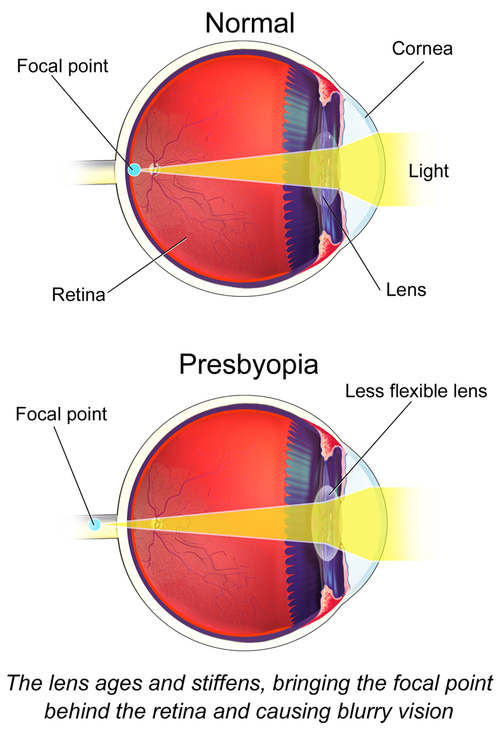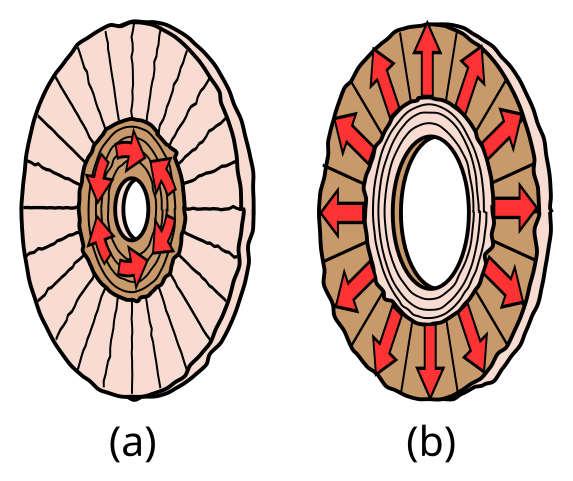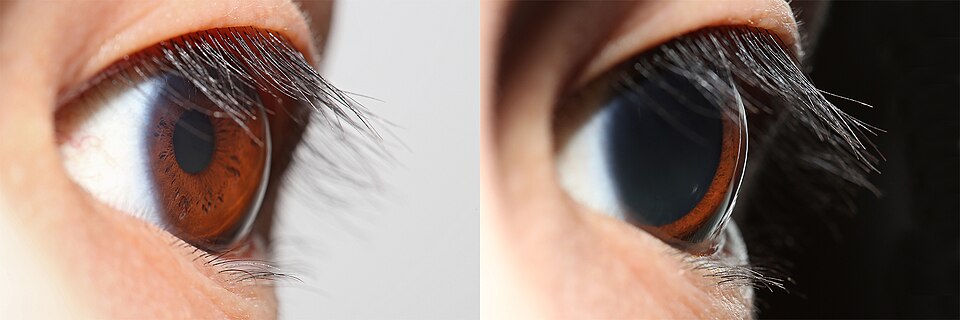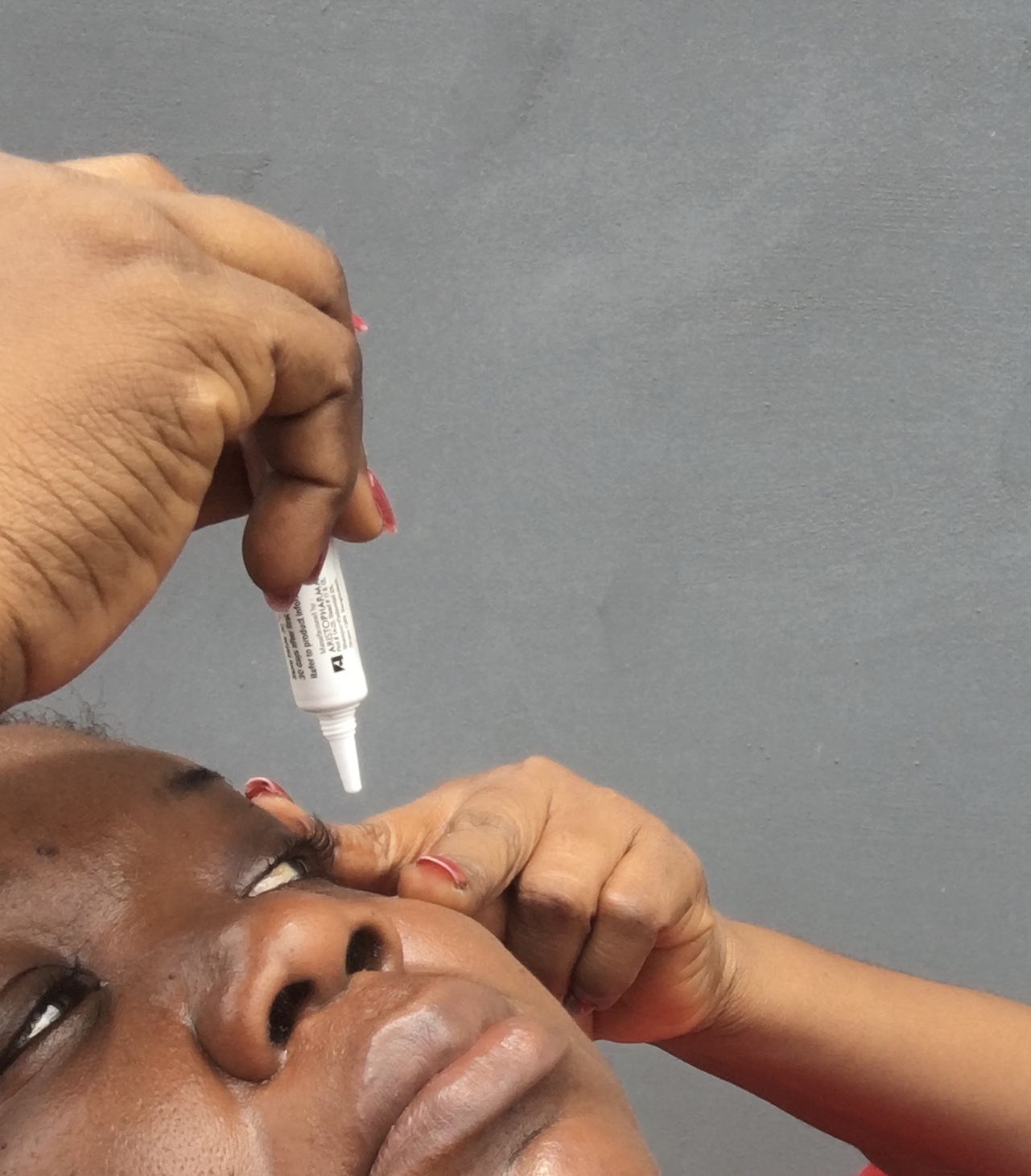VIZZ 1.44%
also known as Aceclidine 1.44%
Last updated September 12, 2025
Medical information on this page is for educational purposes only and is not a substitute for professional medical advice, diagnosis or treatment.
See our Terms & Conditions and Consent for Telemedicine for details.




Overview
VIZZ is a once-daily prescription eye drop (aceclidine ophthalmic solution 1.44%) approved to treat presbyopia—the age-related loss of near focusing ability—in adults. It works by gently shrinking the pupil to widen the range of clear focus, helping many people read or see up close without changing their distance glasses. The effect typically begins within about 30 minutes and can last through the day for many users.1
Presbyopia is a normal part of aging that usually starts in the 40s and progresses gradually. People notice they need more light, hold reading material farther away, or remove distance glasses to see near work. VIZZ is a pharmacologic (non-surgical) option that can complement or reduce reliance on readers for certain tasks, depending on your eyes and daily needs.2
How the Procedure Works & Options
How VIZZ works. Aceclidine is a pupil-selective miotic. By activating receptors in the iris sphincter muscle, it creates a small "pinhole" pupil that increases depth of focus. This improves near vision while maintaining distance vision in most studied patients. In clinical trials, improvement could be seen from 30 minutes post-dose and persisted up to 10 hours.1
How to use it. From a single-dose vial, instill one drop in each eye, wait 2 minutes, then instill a second drop in each eye once daily. Remove contact lenses before use and wait 10 minutes after instillation to reinsert. If using other drops, separate them by at least 5 minutes.
Other options. Non-drug choices include reading glasses, bifocals/progressives, multifocal or monovision contact lenses, and surgical options (e.g., presbyopia-correcting IOLs when having cataract surgery). Your doctor can help you compare what fits your lifestyle, lighting, and visual goals.2
Who Is a Candidate?
VIZZ is indicated for adults with presbyopia who want more near vision without changing their eyewear for parts of the day. Trials included a broad range of refractive errors, and some participants had prior laser vision correction or intraocular lenses, reflecting real-world diversity.1
Good candidates are motivated adults who understand the drop’s temporary effect and will test their individual response—especially in dim settings. Your ophthalmologist will review your eye health, current medications, contact lens use, and daily visual tasks.2
Who may need extra caution
- Night drivers or dim-light workers: temporary dim or dark vision can occur; you should learn how you respond before driving at night.
- History of retinal problems: rare cases of retinal tear/detachment have been reported with miotics; a retinal exam is advised before starting, and any new flashes, floaters, or vision loss need urgent care.
- Active or prior iritis: miotics can exacerbate inflammation in susceptible eyes; your doctor will weigh risks and benefits.
Enter your details below to check your suitability for this treatment
Suitability Level
Recommendation
Cost and Price
As of August 2025, national pricing for VIZZ has not been publicly posted. The product received FDA approval in early August 2025, with U.S. availability expected as commercialization begins later this year.3
Out-of-pocket expense will vary by pharmacy, location, and insurance coverage decisions. Because presbyopia therapy is often considered elective, some plans may not cover these drops; others may add them to formularies over time. Patients should check plan-specific benefits, prior-authorization requirements, and any savings programs as they emerge.
Benefits and Limitations
Benefits. In two randomized, controlled Phase 3 trials, a significantly higher proportion of participants using VIZZ achieved a notable near-vision gain (≥3 lines at 40 cm) without losing distance vision at 3 hours on Day 1 compared with control, with effect observed from 30 minutes and lasting up to 10 hours.1
Limitations and side effects. VIZZ provides temporary improvement; you may still need readers for fine print or low light. The most common side effects in trials were instillation site irritation, dim vision, and headache; mild eye redness also occurred, and most effects were transient. As with other miotics, rare retinal tears or detachments have been reported in susceptible individuals, so a baseline retinal evaluation and prompt attention to new flashes/floaters are recommended. Pharmacologic presbyopia therapy overall has promising short-term data; long-term, real-world durability and adherence continue to be studied.4
Recovery and Long-Term Care
There is no surgical recovery with VIZZ. Most people know within the first few doses how much near clarity they gain and how long it lasts for their tasks. Learn your personal response before driving at night or doing precision work in dim conditions.1
Follow your ophthalmologist’s plan for check-ins. A comprehensive exam helps confirm presbyopia, rule out other causes of blurry near vision, and monitor the retina over time.2
Latest Research & Innovations
The pivotal CLARITY-1 and CLARITY-2 trials enrolled 466 adults with presbyopia and demonstrated significantly greater near-vision gains with VIZZ versus control at the pre-specified endpoint (≥3-line improvement at 3 hours on Day 1 without distance vision loss). Onset began by 30 minutes and lasted up to 10 hours in study assessments.1
These studies highlight a newer, pupil-selective approach to pharmacologic presbyopia treatment—aiming for a small, stable pupil without inducing a myopic shift. Independent reporting has also summarized the clinical program and the broader significance of a modern aceclidine-based therapy in this space.5
Recently Published in Peer-Reviewed Journals
Ophthalmology
June 24, 2025
Surgical Outcomes and Risk Factors for Failure in Childhood Glaucoma: Analysis of the IRIS® Registry (Intelligent Research in Sight).
Fujita A, Vu DM, Rothman AL, et al.
JAMA ophthalmology
May 1, 2025
Semaglutide and Nonarteritic Anterior Ischemic Optic Neuropathy Risk Among Patients With Diabetes.
Hsu AY, Kuo HT, Wang YH, et al.
BMC ophthalmology
April 9, 2025
Sub-Perfluorocarbon Ophthalmic Viscoelastic Injection (SPOT) technique for macular hole retinal detachment surgery.
Chou HD, Teh WM, Chen KJ, et al.
Next Steps
If near tasks are getting harder, start with a comprehensive eye exam to confirm presbyopia and discuss whether VIZZ fits your daily needs and lighting conditions. An exam also checks your retina and overall eye health before starting any miotic therapy.6
You can connect on Kerbside for a medical education consult to learn what to expect from drops versus readers, contacts, or surgical options. For personalized guidance, ask to speak with a Cornea Specialist—the subspecialist most aligned with pharmacologic presbyopia care. This is for education only and does not create a physician–patient relationship.
Trusted Providers for VIZZ 1.44%

Dr. Connie Wu
Specialty
Glaucoma
Education
The Warren Alpert Medical School of Brown University

Dr. Dane Slentz
Specialty
Oculoplastics
Education
Oculoplastics

Dr. Emily Eton
Specialty
Retina/Vitreous
Education
Harvard Medical School

Dr. Emily Schehlein
Specialty
Glaucoma
Education
Glaucoma

Dr. Grayson Armstrong
Specialty
Retina/Vitreous
Education
Ophthalmology

Dr. Jose Davila
Specialty
Retina/Vitreous
Education
Retina/Vitreous Surgery

Dr. Karen Chen
Specialty
Glaucoma
Education
Glaucoma

Dr. Levi Kanu
Specialty
Cornea and External Disease
Education
Cornea and External Disease

Dr. Nicholas Carducci
Specialty
Retina/Vitreous
Education
University of Pennsylvania Perelman School of Medicine